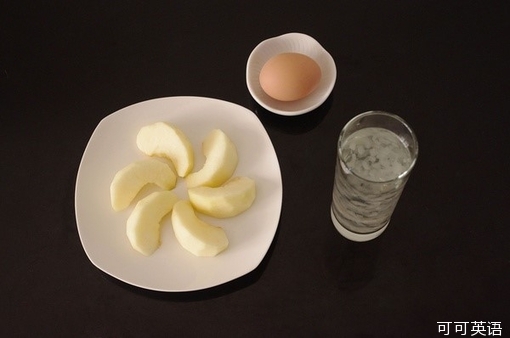世間萬物的存在,必定有其存在的價值和意義,每一個事物的產生必定有其產生的根源,并非憑空而降。
Potassium 鉀

1807 年英國化學家戴維爵士(H.Davy)電解熔融鉀堿(碳酸鉀),發現在陰極有強光發生,在其表面出現高度金屬光澤的似水銀滴的粒狀物。鉀堿從草木灰的浸出液中可以得到,古代人類將草木灰放入水中攪拌,將溶有鉀堿的水溶液注入一口大鍋中蒸發至干,剩下的殘渣形成粉末狀物質,該物質在英語中稱為Potash,其意思是由pot(意為“鍋”)和ash(意為“灰”)合起來形成的,可譯作為“鍋灰”,漢語一般譯作“鉀堿”。在中世紀,阿拉伯人將該物質稱作“阿爾基利”(alquili)意思是“植物灰”。由于鉀出現在鉀堿(potash)中,所以戴維賦于它一個具有拉丁語發音的名稱:potassium(“鉀”),意思是含在植物灰中。而德國人也從同一種物質的阿拉伯名稱,派生出一個具有拉丁語發音的名稱來稱呼這種新金屬,那就是Kalium,因此鉀的元素符號是“K”。即使在稱它為Potassium 那些國家中,也同樣使用“K”這個符號。
potash Potassium carbonate was originally obtained by burning wood or other vegetable matter, soaking the ashes in water, and evaporating the resulting liquid in iron pots. The resulting substance was hence called in early modern Dutch potasschen, literally ‘pot ashes’, and the word was adopted into English as potash. From it, or its French relative potasse, the chemist Sir Humphry Davy coined in 1807 the term potassium for the metallic element which occurs in potash.
pot plant 盆栽植物
pot roast 燉熟的肉
pot-bound 生根滿盆的,沒有發展余地的
ashen 由灰燼構成的
ashtray 煙灰缸
ashy 會的,像灰的;灰色的;蒼白的











